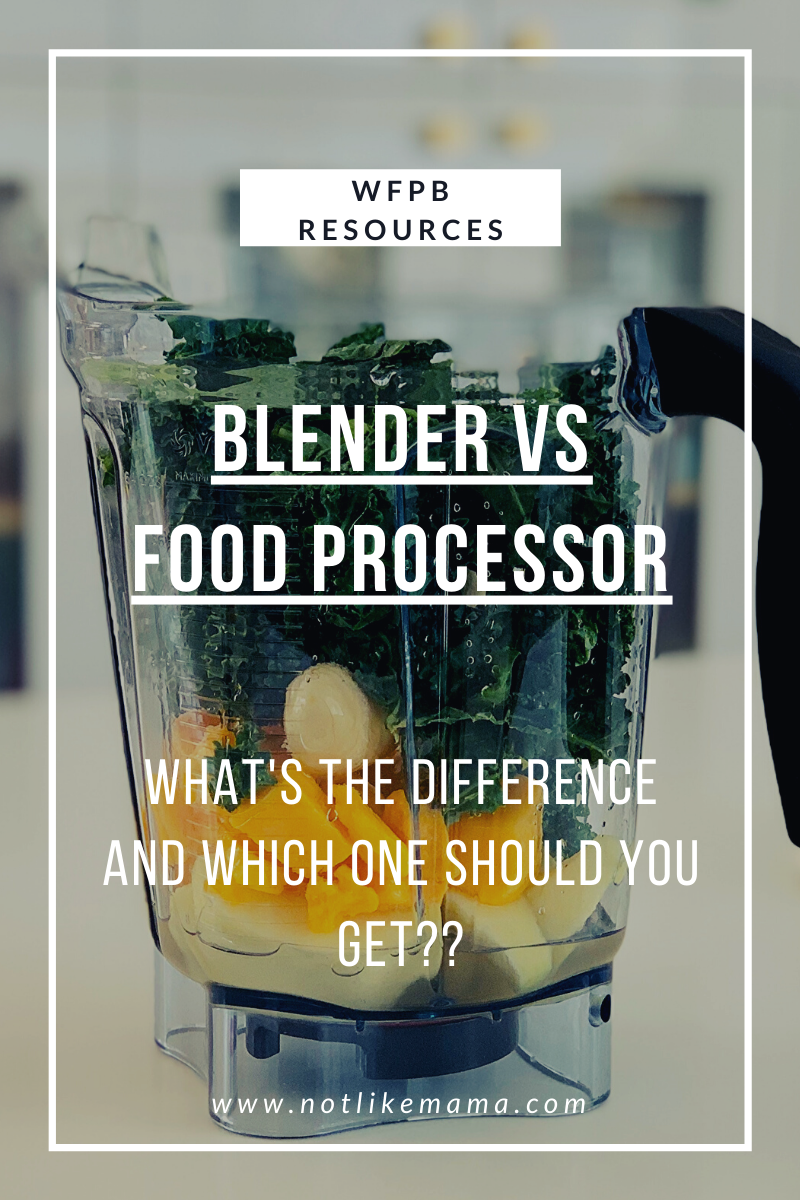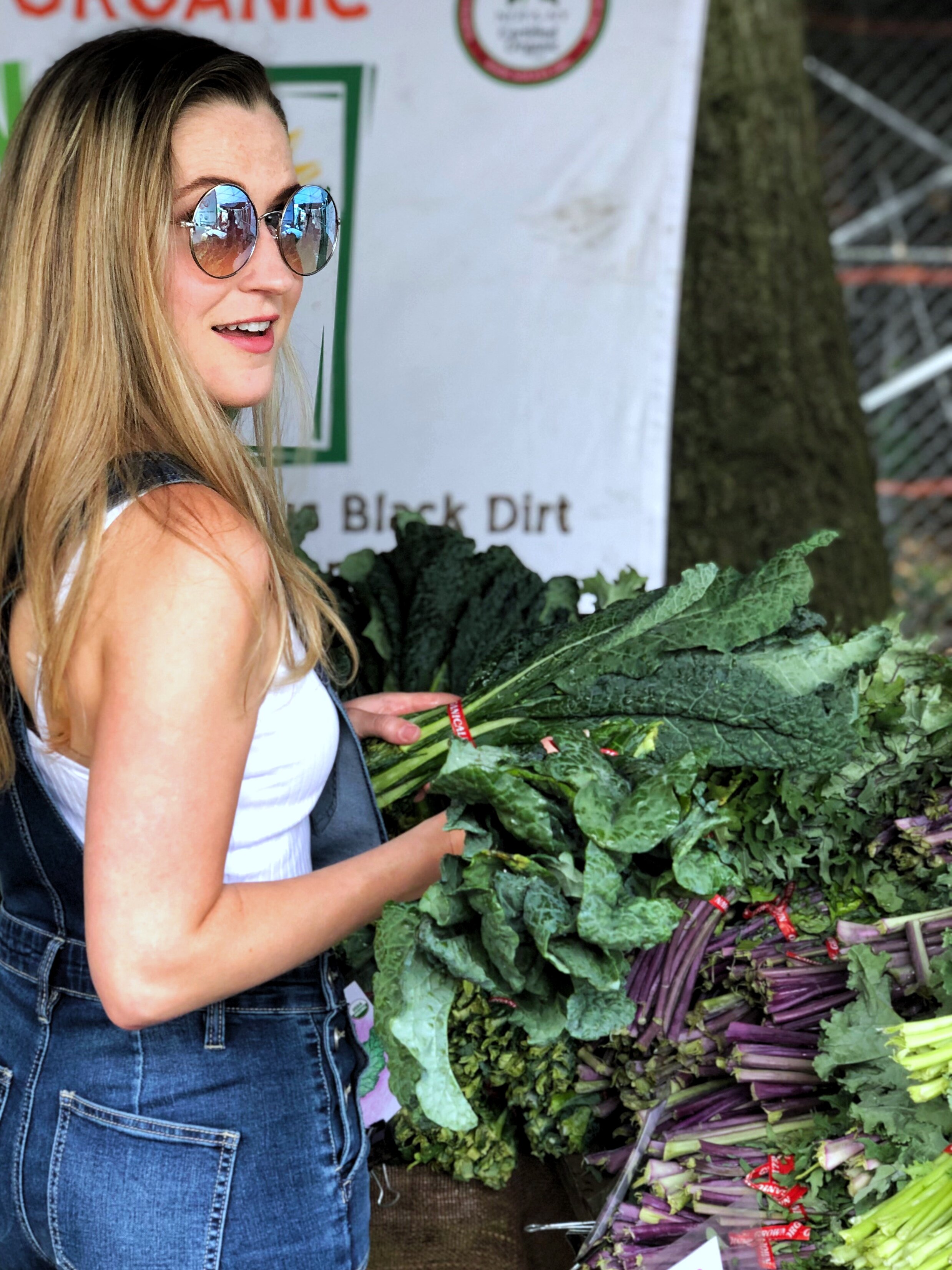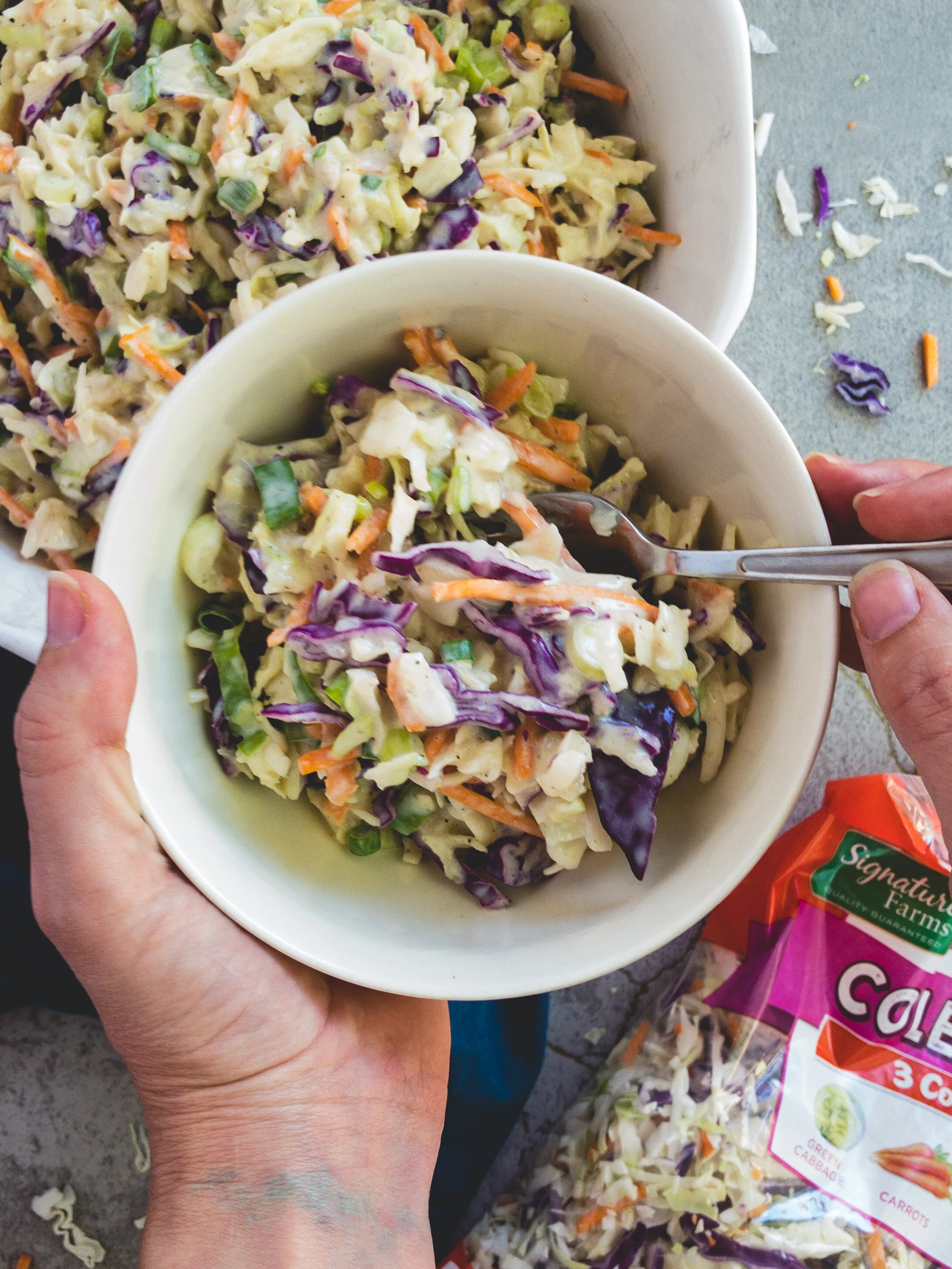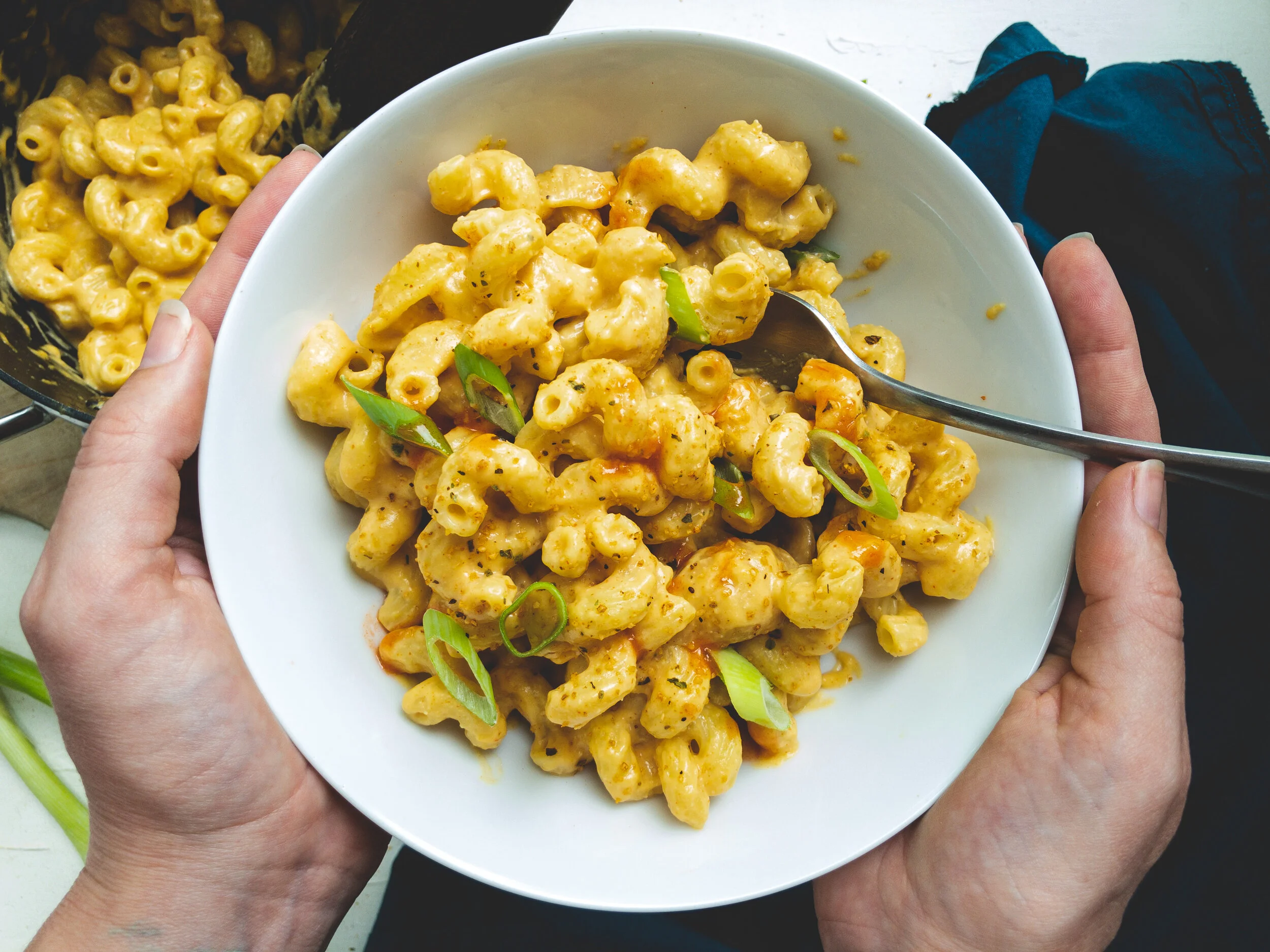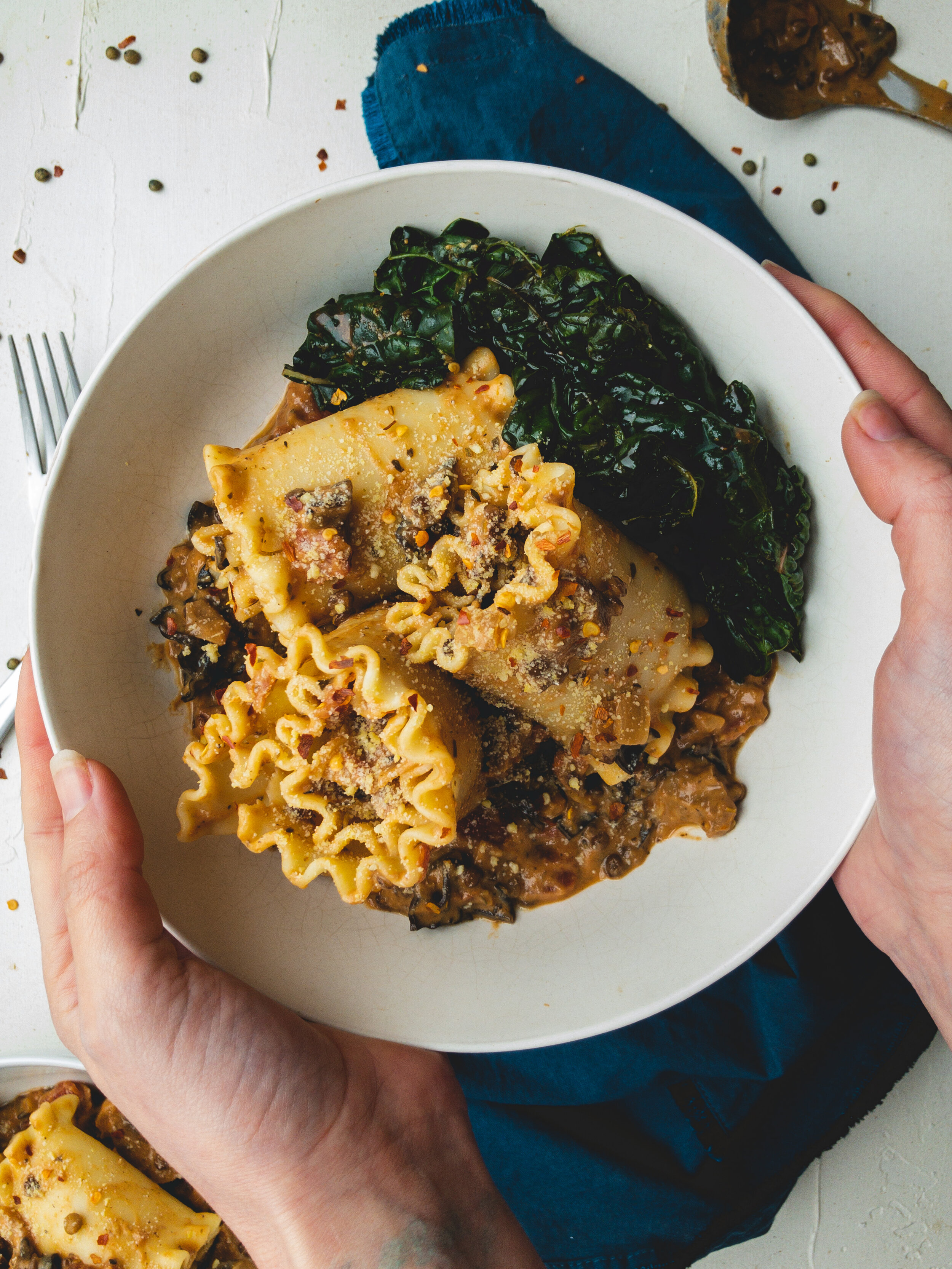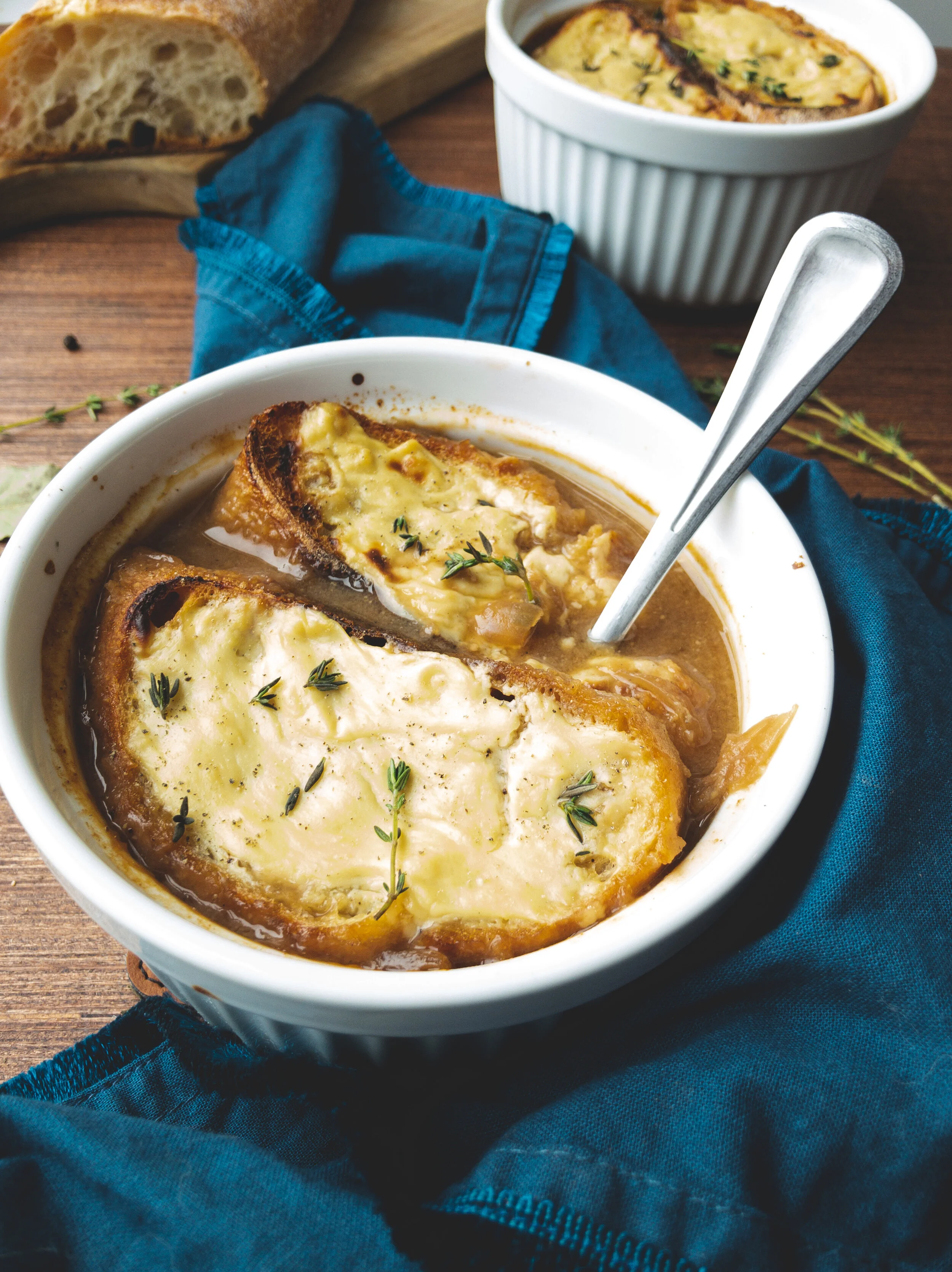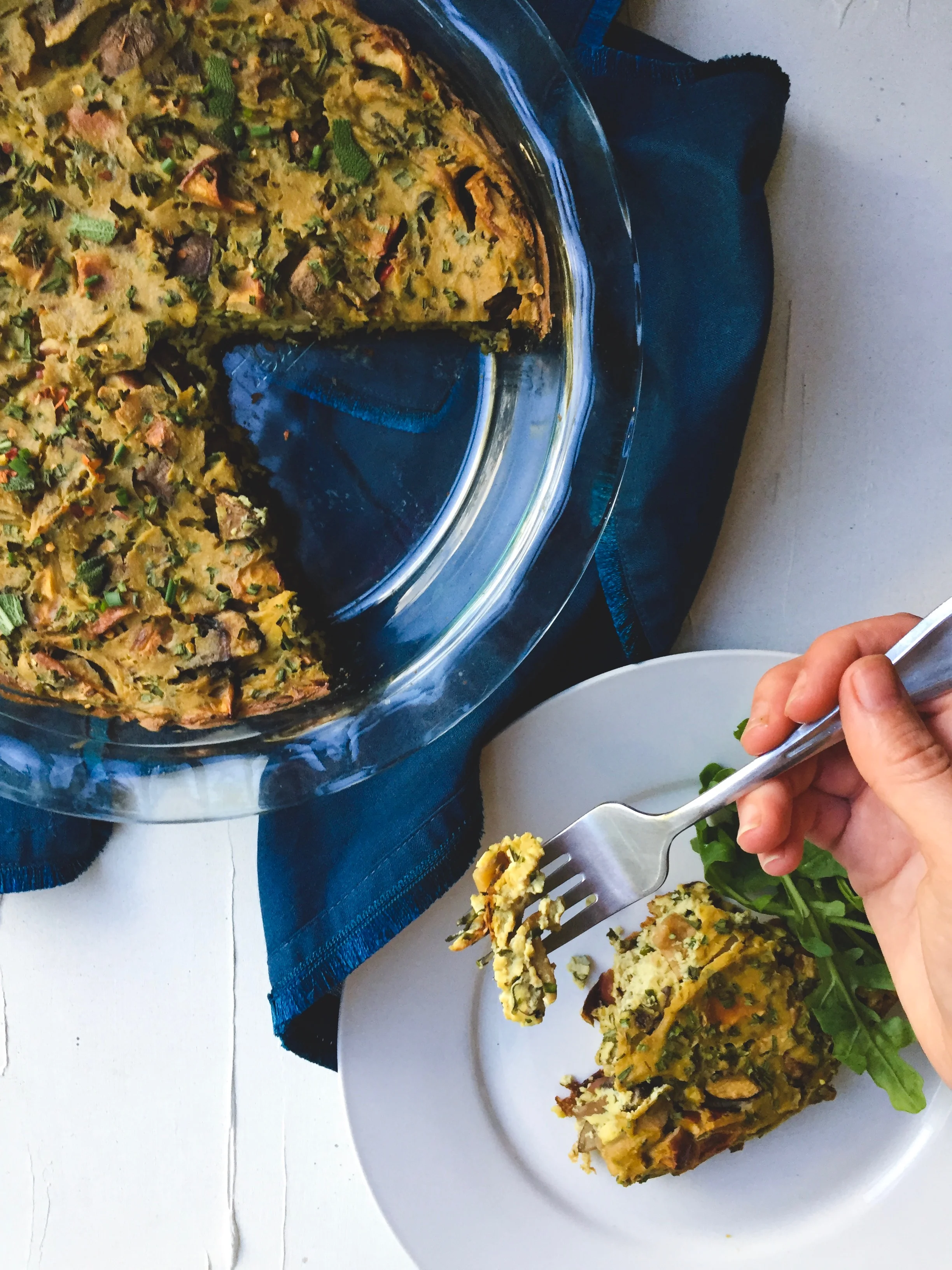Blender Vs. Food Processor: What's the difference and which should you get?
BLENDER VS. FOOD PROCESSOR
What’s the difference and which one should you get?
HEY! I’M COURTNEY
A neurotic whole foods, plant-based vegan hailing from Montana but residing in Brooklyn. Superfan of chili, nature documentaries, and musical theatre. Currently able to do 4 pull-ups. I believe that we have the power to protect the future of our health and our planet by choosing to load our plates with an abundance of delicious plants over animal products. Learn more about me and my mission here.
This page contains affiliate links. As an Amazon Associate, I earn from qualifying purchases.
With this WFPB lifestyle comes the necessity to make more food from scratch. Now that you’re avoiding oil, added sugars, dairy, meat, and excess sodium, you may be realizing that it’s challenging (if not impossible) to find compliant hummus, soups, salsas, pesto, and sauces in the store. So, if you want to continue to eat those things AND stick to your new lifestyle, you’ll have to make them yourself! The good news is ALL of those things are incredibly EASY to make, especially if you have the right tools!
Two of those tools are a high speed blender and a food processor. While they appear pretty similar (a pitcher or bowl with a blade at the bottom), they perform very different functions and serve different purposes. But, what’s the difference? Which appliance is right for you? Should you invest in just one or both?
In this post, I’ll explain the differences between high speed blenders and food processors, along with the kinds of recipes they’re best suited for, to help you decide which appliance will help you most right now.
BLENDERS
The purpose of a blender is to puree food. Blenders have a small blade at the bottom of the pitcher and need liquid to function. NOT ALL BLENDERS ARE CREATED EQUALLY. Some would force you to chew your kale smoothie, while others leave only a green hue as evidence of the leafy greens. If you’re going to get a blender, it’s best to invest in a good one than save money on one that doesn’t even work.
Here are the kinds of things you can easily make with a quality, high speed blender:
Silky cashew cream
Plant-based milk
Bisques
Smoothies
Smooth plant-based cheese sauces
Cremas
FOOD PROCESSORS
Food processors, on the other hand, can blend (though not as well as a blender), chop, and dice. They’re best suited for recipes that require texture. They have a large blade and don’t require liquid to function. For the most part, food processors do their job well, regardless of the brand. If you’re in the market for a food processor, you can get a decent model for $100-$200.
Here are some things you can make with a decent food processor:
Nut butters
Salsa
Vegan ricotta
Falafel
Pesto
Chimichurri, and other textured sauces
Let’s use PICO DE GALLO as an example:
If you were to combine the onion, tomato, lime juice, and cilantro in a blender, the blade may have trouble blending the ingredients. Once it did begin to work, it would quickly turn your pico de gallo into a thin, restaurant style salsa that quickly drips off a chip.
If you combined the same ingredients in a food processor, you could easily control how finely you wanted the veggies chopped, quickly making a chunky pico de gallo.
However, if you wanted to make a velvety vegan cheese sauce out of soaked cashews, a few veggies, spices, and water, a good blender could do that with no trouble at all. A food processor, on the other hand, would fling cashew chunks on the side of the bowl, forcing you to turn it off and scrape it down over and over again until you finally gave up and accepted the slightly chunky cheese sauce.
Neither appliance can do the other’s job perfectly. So, if you can only afford (or only have the space for) one, consider the kinds of foods you make MOST often, and base your decision around that.
I have managed to get by with just a Vitamix for the last several years (though I’m now itching to add a food processor to my menagerie of kitchen appliances). Because the Vitamix has a plunger, you can push the contents of the pitcher down toward the blade, forcing blended pieces up and out of the way before they puree. Though using a food processor would be easier, it is possible to make chunkier, textured things in the Vitamix. The vitamix is also my TOP choice for a high speed blender, as it can quickly turn anything into a silky, creamy texture, turn frozen bananas into ice cream, or cold, whole vegetables into hot soup. I’ve had my Vitamix 6300 for 6 years now. It’s moved across the country with me 2 times. I use it everyday (sometimes several times per day) and it still works like a champ.
So if you’re really stuck between those two appliances, I would recommend investing in a Vitamix, which is arguably the best blender on the market AND can kiiiiiind of fake the job of a food processor. Yes, it is an investment, but you can usually find a refurbished model and save some bucks!
